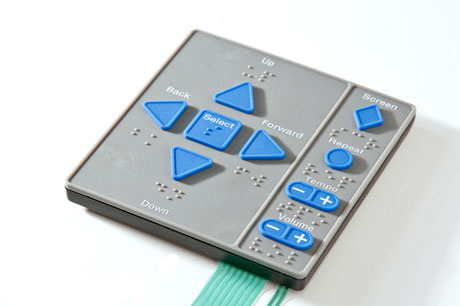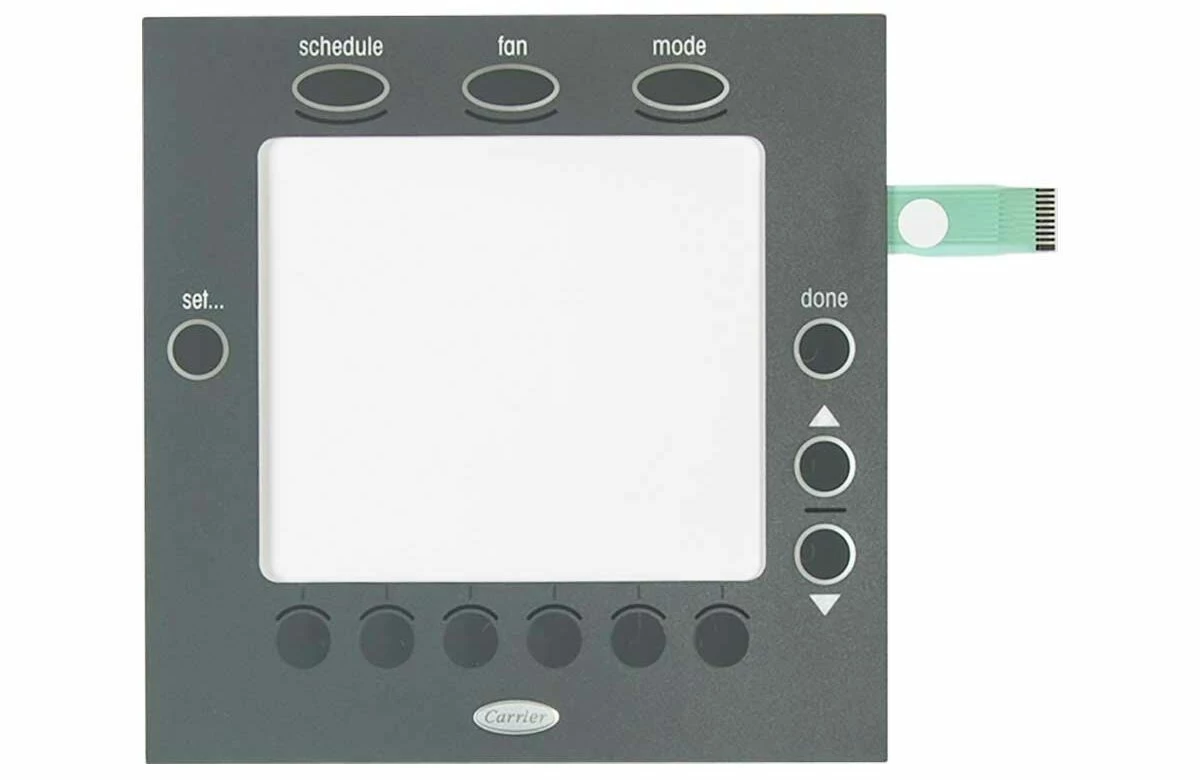Learn more about the Environmental Benefits of Using Membrane Switches in Electronics
Learn more about the Environmental Benefits of Using Membrane Switches in Electronics
Blog Article
The Ultimate Resource on Membrane Layer Switches: Design, Capability, and Applications
Membrane layer changes offer as an interesting crossway of style and performance, playing an essential function in modern individual interfaces throughout various markets. As we check out the varied applications of membrane layer switches, it ends up being obvious that their flexibility and longevity are crucial in environments ranging from health care to consumer electronic devices.

Comprehending Membrane Layer Buttons
Membrane layer switches are a type of interface modern technology commonly used in different digital tools, characterized by their thin, versatile design and functionality. These buttons include numerous layers that consist of visuals overlays, glue layers, and wiring, allowing a compact and effective user interface for customers. They can be located in home appliances, medical devices, and industrial control board, giving a reliable technique for individual interaction.
One of the key advantages of membrane buttons is their ability to stand up to impurities such as dust and dampness, making them appropriate for atmospheres where resilience is necessary. Their inconspicuous style permits for seamless combination into various applications, while the customizable visuals overlays boost customer experience by supplying clear visual feedback. Furthermore, membrane layer switches can fit a variety of technologies, such as responsive feedback and backlighting, additional improving their usability.
The manufacturing process for membrane switches usually entails display die-cutting, lamination, and printing techniques, guaranteeing precision and uniformity in production. Generally, membrane changes represent a effective and functional solution for modern-day electronic gadgets, combining capability with aesthetic charm in customer interface style.
Secret Components and Design Aspects
A variety of essential elements and design aspects come together to create a reliable membrane button. At the core, the visuals overlay serves both practical and visual objectives, offering a straightforward user interface while shielding internal elements from ecological elements. The choice of products, normally polyester or polycarbonate, affects longevity and tactile comments.
Underneath the overlay, the glue layer makes sure the button sticks firmly to the substrate, which can be steel, plastic, or glass. The spacer layer is crucial, as it preserves the necessary gap in between the overlay and the circuit layers, enabling reliable actuation. Membrane Switches. Circuit traces, typically made from conductive ink or adhesive, are printed on an adaptable substratum, allowing electrical signals to be transferred when stress is applied
Design factors to consider additionally include the plan of responsive domes or embossing that supply physical responses to the user, improving the total experience. Additionally, the layout and spacing of the switches should be optimized for simplicity of use, making sure that customers can browse the user interface with ease. In general, these parts and style components function synergistically to create a trustworthy, useful membrane switch tailored to details applications.
Performance and Operation System
At the heart of effective functionality for membrane changes exists their operational device, which promotes individual communication with a basic yet reliable design. These switches run on the principle of pressure activation, where an individual uses pressure to a marked area of the switch (Membrane Switches). This action presses the layers of the switch, finishing an electric circuit that sends out a signal to the linked tool
The building generally consists of a top graphic layer, an adhesive spacer layer, and a bottom circuit layer, which jointly create a robust user interface. When stress is applied, the leading layer falls down against the lower circuit layer, permitting conductive traces to attach. This design not only allows clear responsive responses but also makes sure durability and reliability, as the buttons are often immune to dirt and moisture.
Moreover, the flexibility of membrane switches over permits integration with numerous modern technologies, including LED signs and microcontrollers, enhancing their performance. By offering a streamlined user interface that reduces mechanical wear, membrane layer switches over stay a favored choice in applications ranging from consumer electronic devices to industrial devices, making certain optimal performance and user satisfaction throughout varied settings.
Kinds Of Membrane Layer Buttons

Another significant classification is lit up membrane layer buttons, which incorporate backlighting to enhance visibility in low-light conditions. These switches are typically used in control panels and control panels where clear presence is crucial.
Furthermore, there are personalized membrane switches developed to meet particular dimensional, graphical, and functional requirements. These customizations can include unique shapes, shades, and formats, permitting for smooth combination right into different devices.

Applications Across Numerous Industries
Just how do membrane layer buttons enhance performance across varied markets? In the clinical field, membrane layer buttons play an essential duty in devices such as analysis devices and patient monitoring systems, where reliability and convenience of cleansing are extremely important.
In the auto sector, membrane switches are generally made use of in dashboards and control board, offering intuitive controls that improve motorist safety and ease. The customer electronic devices field likewise benefits from their light-weight and customizable features, making it possible for smooth layouts for smart devices and home devices.
In addition, membrane layer buttons discover applications in commercial automation, where they add to efficient equipment operation and monitoring systems. Their resistance to dirt and dampness makes sure performance popular problems (Membrane Switches). his comment is here In addition, the food and drink market employs membrane layer buttons for tools control, where health and toughness are critical
Final Thought
In final thought, membrane changes represent a crucial innovation in customer interface modern technology, defined by their distinct design go to this web-site and capability. The adaptability of membrane switches over promotes their application across varied markets, from clinical gadgets to consumer electronic devices.
Membrane switches over serve as an interesting intersection of style and functionality, playing a crucial function in modern-day individual interfaces across different sectors.Membrane layer switches are a kind of user interface modern technology widely used in various digital devices, identified by their thin, adaptable design and capability.At the heart of effective capability for membrane switches over lies their functional mechanism, which assists in customer interaction via Source an easy yet reliable design. These switches run on the concept of pressure activation, where an individual uses force to an assigned location of the switch.In final thought, membrane layer switches represent a critical development in individual interface modern technology, characterized by their special layout and functionality.
Report this page